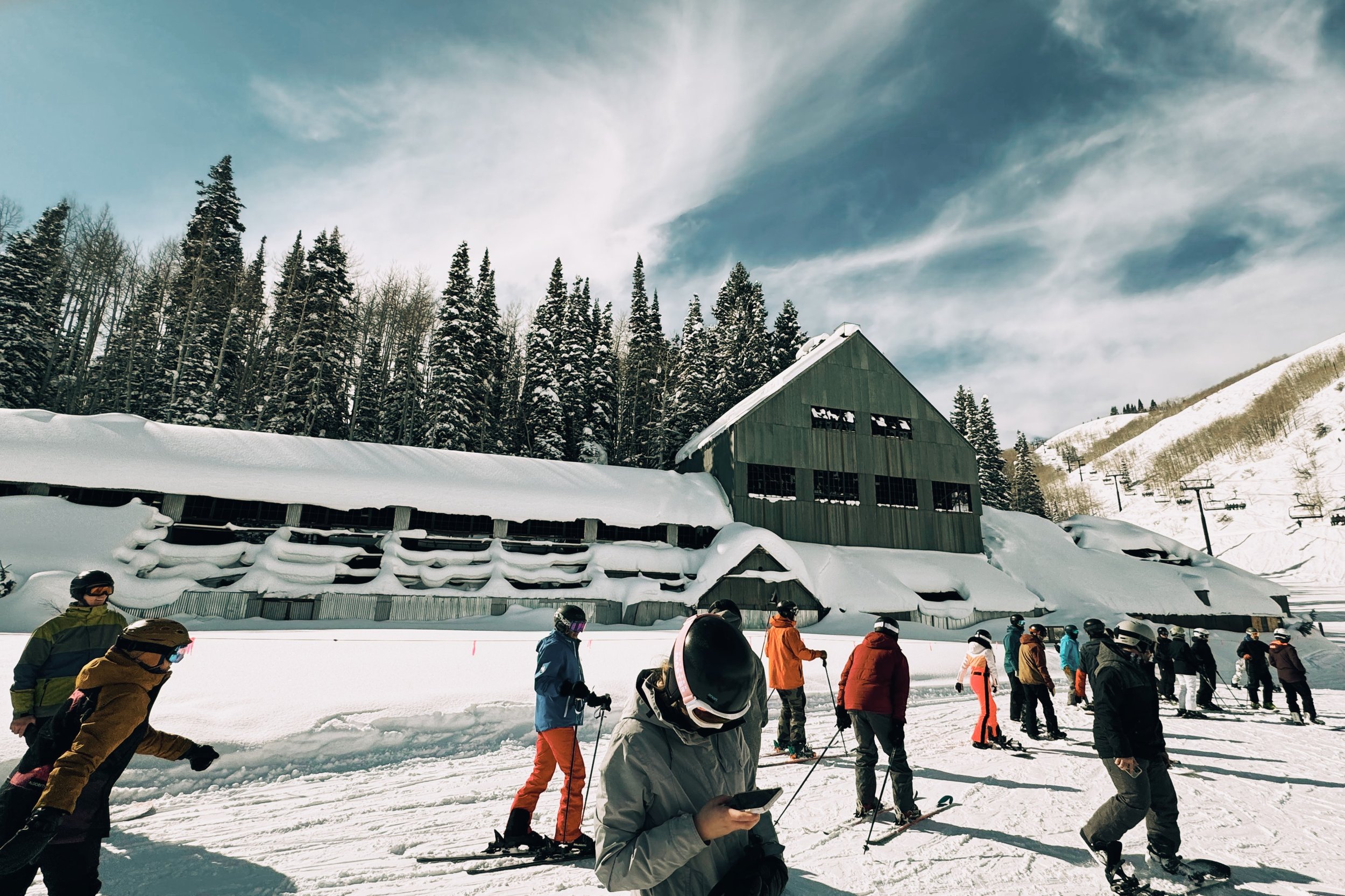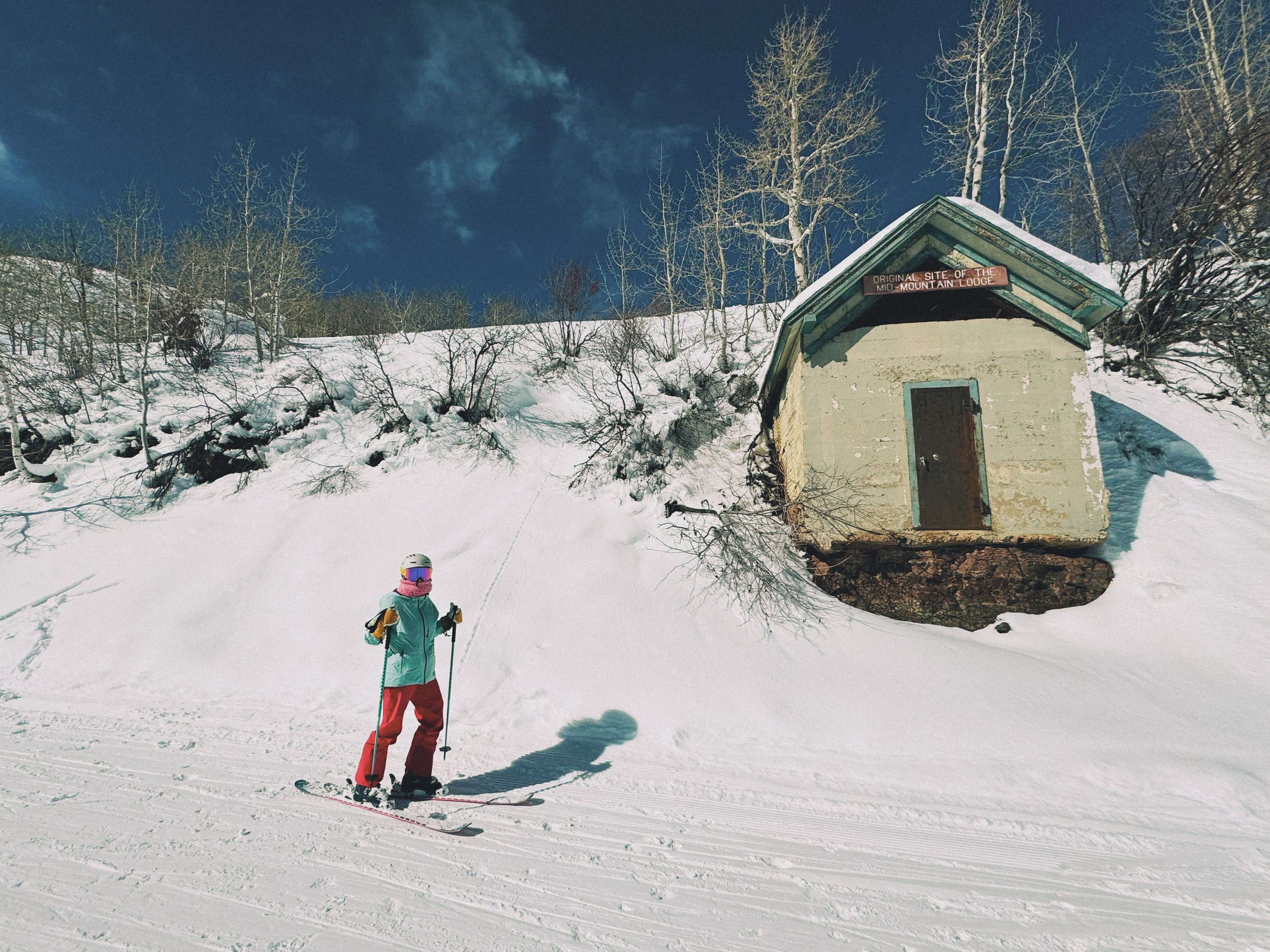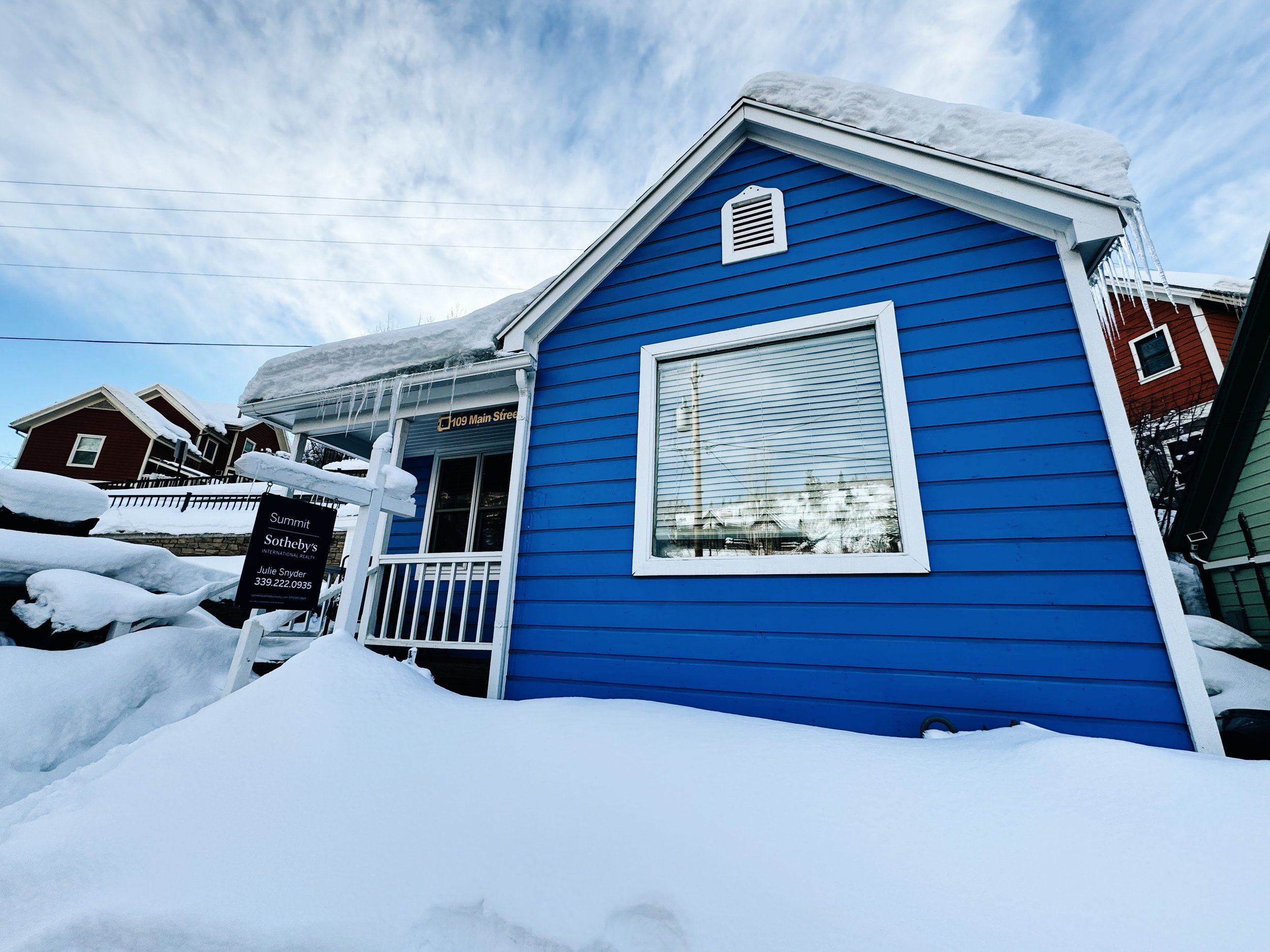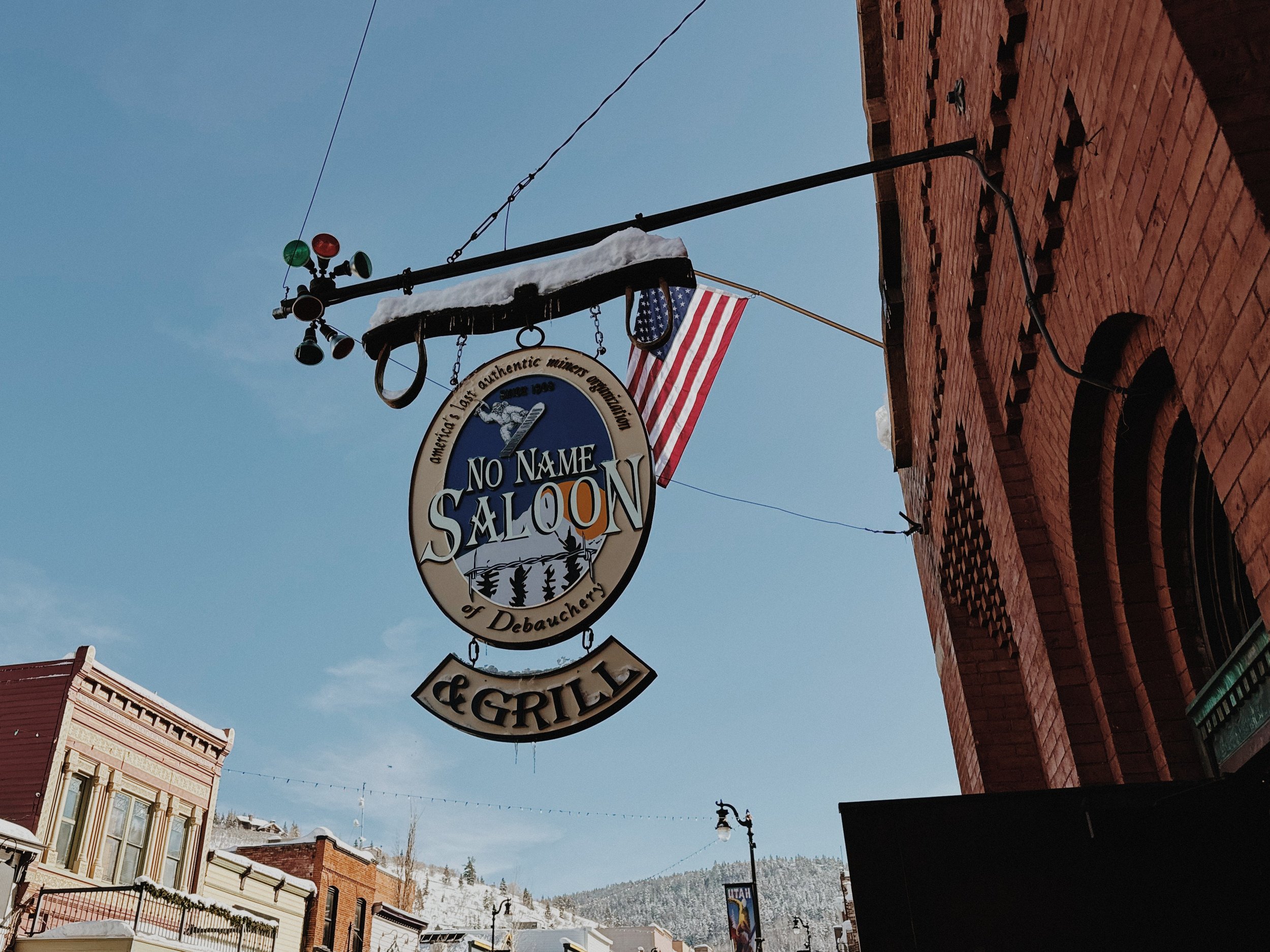Discover the History of Park City, Utah.
I visited Park City, Utah, for a skiing trip in February. I was struck by the artifacts from the past peppered throughout the mountain, from the silver mining days. I love history and understanding the past of places, especially when you can see the past in the present. Here's a look at Park City's history and how Park City became what it is today.
The Mining Days.
Park City’s story took a significant turn in 1868 when soldiers from the U.S. Army found silver in the nearby mountains. This discovery sparked a silver rush, bringing prospectors, miners, and entrepreneurs to the area. By the 1870s, what was once a quiet town had transformed into a bustling mining community.
Vintage photo of Silver King Mining Co. in Park City
Park City was one of the wealthiest silver mining towns in the United States during its peak. The mines produced vast amounts of silver, lead, and zinc, leading to rapid growth and prosperity. Walking through the town today, I saw the historic buildings that date back to this era, reflecting the wealth and ambition of those early days. The town also reflects today's wealth, as the little bungalows can go for as low as a million.
Artifacts on the Mountain.
While skiing, I noticed several remnants of the old mining days scattered across the mountains. These include old mine shafts, rusted equipment, and the ruins of mining buildings. These artifacts are a powerful reminder of Park City's industrious past and the hard work of the miners who once made this town their home. The two below are ones to check out if you are going skiing there. You can’t miss them.
Silver King Mill at the base of Park City Mountain's Bonanza lift
King Con Ore Bin: Located on the Claimjumper run, this ore bin is the only remaining structure from the King Con Mine.
Tramway Towers: Remnants of the King Con Tramway's overhead cable towers can be seen on the hillside to the right when riding the Crescent Chairlift. The aerial tramway systems used buckets instead of horse-drawn wagons to transport ore year-round, avoiding snowpack.
Kelly, standing in front of mining artifact in Park City.
For those interested in learning about history while skiing, the Silver to Slopes Tour offers a guided exploration of these historical artifacts. This tour provides detailed insights into Park City’s mining past while skiing down the slopes. If I go back to Park City, I will do this tour.
Transition to a Ski Town.
Park City faced significant economic challenges as the silver mining industry declined in the late 19th and early 20th centuries. However, the town found new life in the mid-20th century through skiing. In 1963, the Treasure Mountains Resort (now Park City Mountain Resort) opened, marking a shift in the town's identity.
View from the mountain down onto Park City.
Skiers from around the world were drawn to Park City’s slopes, and other resorts like Deer Valley and Canyons Resort soon followed. The old mining infrastructure, including narrow-gauge railroads, was repurposed to support the growing tourism industry. Skiing transformed Park City into a winter sports paradise; the town never looked back.
Pro Tip: I preferred skiing on the Canyons side. But all the cool artifacts from the silver mining days are on the Park City side.
The Sundance Film Festival.
Another significant chapter in Park City's history began in 1985 when Robert Redford moved the Sundance Film Festival to the town. The festival has become one of the most essential platforms for independent film, further cementing Park City’s cultural relevance.
Park City Today.
Main street area of Park City. Photo by Olivia Hutcherson
Today, Park City blends its historical roots and modern luxuries. Historic Main Street, with its well-preserved buildings from the mining era, offers a glimpse into the past. At the same time, high-end shops, restaurants, and art galleries provide contemporary attractions.
One of the many historic homes on Main Street in Park City
The town is committed to preserving its history. Museums such as the Park City Museum on Main Street offer exhibits on the town's mining past, and guided tours provide insights into the lives of the early miners and settlers.
Historic Buildings from the 1800s.
One of the most fascinating aspects of Park City is the number of historic buildings that have been preserved and are still in use today. These buildings offer a glimpse into the town's past.
No name saloon sign.
No Name Saloon: Located on Main Street, the No Name Saloon is one of Park City’s oldest bars. It has been operating since the late 1800s, serving as a gathering place for miners. We sat at the bar here, which was cool, especially when you think about the miners doing the same over 100 years ago.
Park City Museum: Housed in the former City Hall building, which dates back to the 1880s, the museum offers exhibits on the town's mining history, the Great Fire of 1898, and the transformation into a ski town. It’s a great place to learn about Park City's rich history through interactive displays and historical artifacts.
Park City: Past and Present.
Park City’s evolution from a silver mining boomtown to a modern-day resort town is a story. The physical remnants of the mining era, visible in the mountains and the town’s architecture, provide a unique connection between the past and present. Whether you’re skiing down the slopes, attending the Sundance Film Festival, or exploring historic Main Street, you’re walking through a history that continues to shape Park City today.
Visiting Park City is not just about enjoying its outdoor and cultural offerings; it's also about experiencing the layers of history that make this town unique. The artifacts on the mountain, the historic buildings, and the stories of the miners and settlers all contribute to the rich heritage that makes Park City a place to explore.







